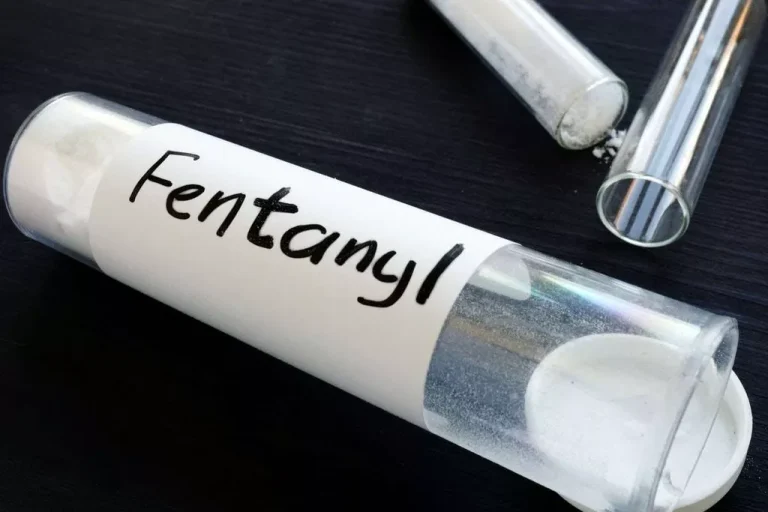.png)
With a little bit of cash, you can open a much bigger trade in the forex market. Bob sure knows his fried chicken and mashed potatoes but absolutely has no clue about margin and leverage. In the above example we have not accounted for the brokers spread, in reality a spread cost will be incurred between 1-5 pips, reducing the allowance of 12.5 pips further. » Our managing risk hub has a variety of guides on protecting your trades. This acts as a buffer against adverse market movements and reduces the likelihood of a review trading systems margin call.
- The FX market is rife with traders who are both greedy and inept at risk management.
- – Reduce leverage and trade smaller sizes if you have limited capital to meet margin calls.
- The notification will inform you of the required amount to be deposited and the time frame within which you need to meet the margin call.
- Next, consider reaching out to your broker for guidance and support.
Natural gas trading: How to trade natural gas
A margin call in Forex refers to your broker notifying you that your margin level fell below a specific threshold, the margin call level. It also stresses the possibility that a trader faces forced liquidation by the broker unless the trader meets the margin call. Margin trading enables Forex trading, but traders who do not understand how to trade with margin could face a margin call in Forex. It is a sign of portfolio management gone wrong with a distinct absence of appropriate risk management. Find out what happens when you receive a margin call and how you can avoid one. Initially, the trade goes in your favor, and the value of your position increases.
However, unexpected news causes the EUR/USD pair to move against your position. If your broker has a maintenance margin of 0.5% (or $500 for your position), and considering your initial margin of $1,000, you’re left with only $2,500 as a buffer. If the losses continue and your free margin approaches the maintenance margin level, the broker will issue a margin call. Firstly, it acts as a safety net for both the trader and the broker. It helps to prevent traders from losing more money than they have deposited and protects the broker from potential losses if a trader is unable to cover their losses. In the world of forex trading, there are numerous factors and concepts that traders need to be aware of in order to navigate the market successfully.
How Can I Manage the Risks Associated With Trading on Margin?
One of the risks that traders need to be aware of is the possibility of a margin call. In this article, we will explain what a margin call is, how it works, and most importantly, how to avoid it. The amount of a margin loan depends on a security’s purchase price and is therefore a fixed amount. But the dollar amount determined by the maintenance margin requirement is based on the current account value, not on the initial purchase price. Here’s an example of how a change in the value of a margin account decreases an investor’s equity to a level where a broker must issue a margin call. An investor’s margin account contains securities bought with a combination of the investor’s own money and money that was borrowed from the investor’s broker.
.jpg)
How to Avoid a Margin Call
When a trader’s loss is equal to his margin value, his broker sends him a message to fund his account. A trader’s trading capital is a deposit of money that he or she is willing to trade with. To be successful in Forex trading, you must understand the term called margin call. Before you choose a forex broker and begin trading with margin, it’s important to understand what all this margin jargon means. All of a sudden, to Bob’s surprise (and shock), he witnessed his trade being automatically closed on his trading platform and ended up suffering an epic loss. Some brokers charge interest on the money you borrow to open a margin position.
In addition, it’s crucial to review and adjust risk management practices going forward. Consider implementing stricter stop-loss orders on future trades and diversifying your portfolio across different currencies or asset classes. In the ever-evolving world of finance and investment, the foreign exchange market, or Forex, stands as one of the most dynamic. However, venturing into the world of Forex trading requires a deep understanding of its intricacies, bounce trading strategy including the concept of a margin call.
Margin allows forex traders to magnify profits and losses through leverage. While attractive for its capital efficiency, margin trading poses risks like margin calls and forced liquidations. An example of a margin call in Forex is when a trader opens numerous leveraged positions, and the trades move against the trader. As losses increase, equity decreases, which lowers the margin level. The broker will issue a margin call once the margin level drops below the margin call level. Traders can add capital to their portfolios to increase equity etoro forex broker review or close losing positions.
In forex trading, the Margin Call Level is when the Margin Level has reached a specific level or threshold. We introduce people to the world of trading currencies, both fiat and crypto, through our non-drowsy educational content and tools. We’re also a community of traders that support each other on our daily trading journey. Choosing the right type of online trading account is an important step in creating your ideal trading environment.Whether you’re new to trading, h…
A trend reversal marks the end of an existing trend and the beginning of a new one. A reversal may happen in any timeframe and can mean the difference between a big win, a break-even, or a loss. Enhance your returns by trading your preferred assets with minimal spreads, low commissions, and precise execution.






